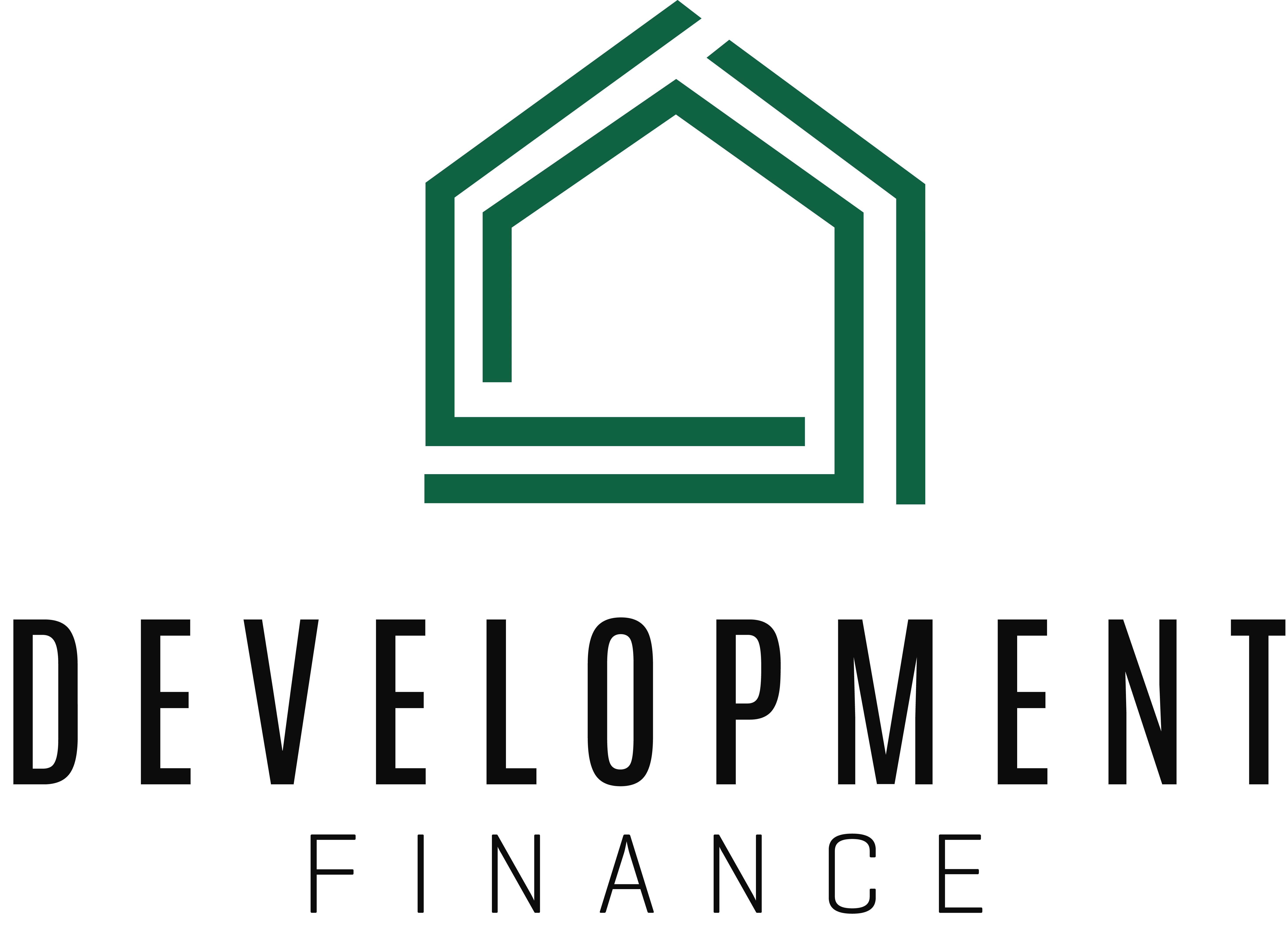Our online development finance calculator will be designed to help you quickly and easily estimate how much you may expect to pay as a development finance loan client.
Start by putting the necessary information into our development funding calculator. You may then experiment with different loan terms, interest rates, and exit costs to observe how the outcome changes when you choose one product over another. For example, if one product has a lower borrowing rate but higher exit fees, and the opposite is true for another development loan, there will undoubtedly be a point at which one product is more affordable than the other, depending on the amount borrowed and loan duration, among other factors.
Our online development finance calculator is an amazing reference tool that produces extremely accurate results; however, it should only be used as a guide. Talking to one of our professional advisers will help you receive a far better offer, depending on your specific needs and borrowing conditions.
Lenders charge varied rates based on the type of development, the amount of investment you expect to make yourself, and the location of the project. Development finance is difficult at the best of times; therefore, it is critical that you get as much expert assistance and guidance as possible when applying for a loan.
When using our development loan calculator, you must submit the following information before the results are created:
- Loan amount: The total net loan amount is the total amount you intend to borrow. This covers any capital necessary on the first day, as well as any further finance required during the development stages that follow. There is no need to include borrowing fees or interest costs because they will be computed automatically.
- Loan term: This is the overall period of the loan, measured in months.
- Land cost/residual value: If you already own the land, enter its residual value. Alternatively, you may enter the land cost to see if it is more advantageous to sell the development site rather than construct it yourself.
- Stamp duty: The amount of stamp duty you expect to pay when buying a development site.
- Amount available from the customer: This is the amount of money you are ready to contribute to the development project from your own pocket.
- Build cost: The overall estimated cost of the development, excluding stamp duty, land prices, and facility charges.
- Gross development value (GDV): GDV is the gross worth of a project at its completion date. Or at the predicted stage of development, when you aim to sell a project once specific tasks are completed.
- Prime financing (first release): This is the amount of funds required at the start of the development process.
- Calculate interest by year or month: Most interest costs are calculated annually, but the calculator allows you to modify this to monthly.
- Interest rate: Although our calculator defaults to a fixed percentage, you may adjust the interest rate to fit the product you’re applying for or comparing.
- Releases: Determine how much funding you will need and when. Development financing only charges interest on monies that have been disbursed. By adjusting the quantities and release periods of the various financing stages, you can quickly understand how interest costs will be influenced and how lucrative the project will be.
Borrowing fees for property development finance
Using our home financing calculator, numerous charges and borrowing fees will be calculated automatically. However, with so many lenders providing so many products, costs can vary greatly from one loan to the next.
The facility fee is the primary cost of borrowing that a lender will charge you for gaining access to a certain product. This is often calculated as a percentage of the entire amount borrowed, or GDV (gross development value).
Other expenses include appraisal, legal, and surveyor fees. To keep things easy, the calculator will quickly estimate these expenses.
Exit fees are a significant consideration when applying for development funding. This is the amount you will be charged if you settle your debt in full. Again, this is calculated as a percentage of the entire gross loan amount, or GDV, and is set at 1% by default.
Frequently asked questions
Lenders typically insist on raising up to 100% of the build cost where possible. If you need funding towards the purchase of the land then they may offer up to 65% of the purchase price. Additional security can be taken into account the boost the amount you can borrow on day 1 towards the land acquisition. If you are looking for 100% of the land purchase and the build cost, a joint venture would be a better route for you to go down.
In the UK, eligibility for development finance typically depends on several factors, including but not limited to:
- Type of development: Different finance options are available for various types of development projects, such as residential, commercial, industrial, or mixed-use developments.
- Experience and track record: Lenders often look for developers with a proven track record of successful projects. However, there may be options available for new developers or those with limited experience.
- Financial stability: Developers are generally required to demonstrate their financial stability and ability to repay the loan. This may include providing details of assets, liabilities, income, and expenses.
- Feasibility of the project: Lenders assess the viability and feasibility of the development project, including market demand, projected costs, potential returns, and associated risks.
- Creditworthiness: Personal and/or corporate credit history may also be considered during the eligibility assessment.
- Legal and regulatory compliance: Developers must comply with all relevant legal and regulatory requirements, including planning permissions, building regulations, environmental standards, and health and safety regulations.
- Loan-to-value ratio: Lenders typically evaluate the loan-to-value ratio, which is the ratio of the loan amount to the appraised value of the property or project. Lower loan-to-value ratios may improve eligibility and terms.
- Exit strategy: Lenders may require a clear exit strategy outlining how the loan will be repaid, such as through property sales, refinancing, or other means.




